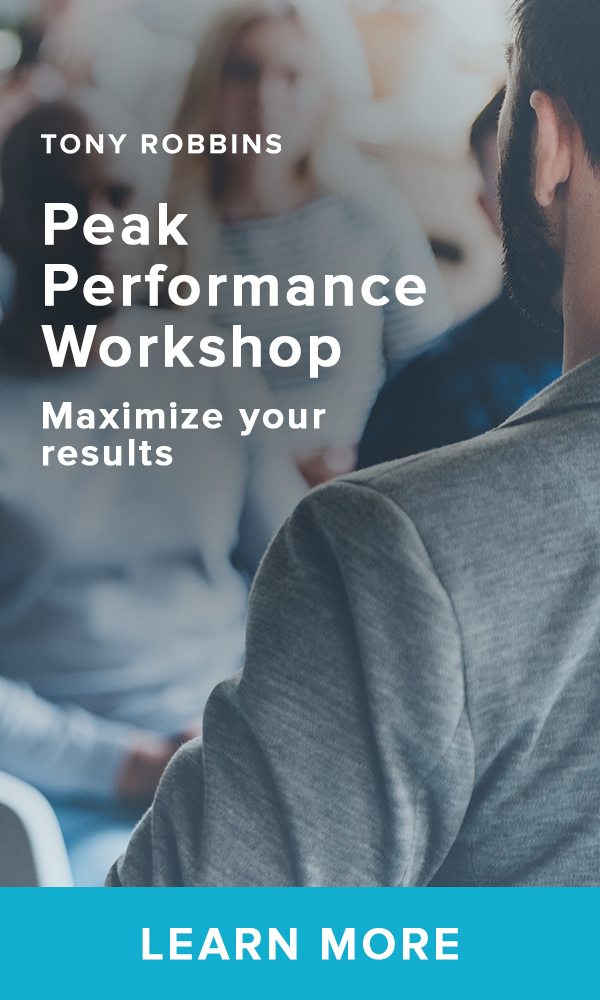
Unleash the Power Within
Effective employee training programs
How to train employees from day 1 to year 10 and beyond
As a business owner, your success is intertwined with your employees. If your employees aren’t driven to work harder, smarter and more efficiently, your business will suffer. Good employee training is critical to keeping your business afloat and is best delivered as a continuous practice. Most business owners agree with the first part, but have never thought about the second.
New employees often start with massive momentum. They are eager to learn, eager to contribute and eager to be a part of the team. They also feel a need to prove themselves. They start out with a bang, often landing astonishing results in a short period of time. Everything they do feels like continuous improvement. But eventually, they hit a plateau. They aren’t growing. They aren’t reaching that next level.
Determining how to train employees effectively is a critical part of running a successful business and retaining talented people along the way. So how can you create an employee training plan that will help you train employees to overcome plateaus and potential setbacks and see incredible results?
It starts with knowing your goals and making a plan – but training employees immediately after hiring them is only half the battle. To create fulfilled, raving fan employees, you must continue thinking about how to train employees beyond onboarding. The Training Effect – continuous immersion, quality coaching and consistent spaced repetition – will help you create a culture of personal development that lasts long after hiring.

Step one: Set goals
You can’t drive to a new destination if you don’t know where it is. And you can’t reach your business goals if you don’t know what they are. Businesses set goals for everything from revenue and profitability to customer service and operational efficiencies. You may even have a goal relating to employee retention – and proper onboarding and professional development are big pieces of retention.
To make sure that your employee training program is effective and that employees are learning the essentials, you need to track and measure the results. To do that, you need to set goals. What skills do employees need to learn to be successful at your company? What programs and software will they need to be proficient in? For existing employees, think about goals like earning an advanced certification, developing leadership skills or participating in team-building exercises to improve teamwork.
Step two: Create a plan
ou also wouldn’t start driving without a map. Now that you have your destination, you can plan your route to get there. Create five-, 15- and 30-day timelines. Start with foundational knowledge: department roles, company processes and communication methods. These will give you an idea of any unique gaps in your new employee’s knowledge. Then move on to software, like your project management tools and CRM or POS systems.
Break each day down into goals and actions. Be specific about what the employee will be learning that day with wording like, “By the end of the day, you will be able to…” Test employees on their knowledge by having an experienced team member sit in with them and verify they’ve learned the skill. Check off all their goals until onboarding is complete.
Step three: Continuous immersion
When an employee first starts, you spend a lot of time training them in your processes, but what happens after? If you train an employee once and then never revisit that skill, you are doing them a disservice. Effective training strategies are much like effective fitness strategies. While you may feel like you’ve hit the ground running after just a month or two at the gym, if you don’t continuously change things up and challenge your body, you’ll never move past that plateau and achieve your fitness goals. From there it becomes easy to fall behind and grow disillusioned with your efforts. That’s why continuous immersion is the first step in The Training Effect, which will help you create ongoing employee satisfaction.
You don’t want to cultivate this feeling in the people who work for you. Instead, you want to cheer them on and make them feel like they can achieve anything they put their minds to. Part of your role as their boss is to do just that.
Are you regularly immersing your employees in new strategies that will not only help them grow, but your business as well? Are you identifying their weaknesses and giving them the proper training to turn them into strengths?
When determining how to train employees effectively, don’t forget that training is ongoing, even after they are no longer considered new. The best employees are the ones who are regularly improving their skill set.
Step four: Coaching
The next part of The Training Effect is quality coaching. We’ve established that it’s not enough to just train employees once and let them go off on their own. But it’s also not enough to create an employee training plan and never check in again. That doesn’t help your employees or your business; ultimately, setting them loose with only guidelines to follow and no one to encourage them and hold them accountable will only do them a disservice.
Schedule regular meetings with employees to discuss their progress and identify future areas of growth. When you’re having open and honest conversations with your employees, they’ll know what you expect from them and in return, they’ll continue to work harder. If an employee is having problems in a specific area, craft new strategies to help them get through it or determine whether they might want to move to a new area. Show them that you value them and want to help them improve or move to an area where their skills will be put to good use. If you aren’t capable of helping them yourself, help them seek out a mentor who can. Give them reasons to grow within the company – your business will thrive as a result.
Step five: Consistent Spaced Repetition
The final step is what will ensure lasting success – consistent spaced repetition. Mastery isn’t linear. No matter what, your employee will likely still reach plateaus, but as long as you continue to implement and repeat the first two steps, these plateaus will turn into launching pads for their next level. We return to the fitness analogy: The more you work out, the stronger you get. The more you repeat a task, the better you get at it.
Building out effective timing is key for effective training strategies. Maybe you meet with your reports every month or have them attend a workshop every quarter. Each department is unique, and each employee within that department is unique, too. The thing to keep in mind is that employee training never stops – even if someone has been with the company for decades – because as humans we never stop learning.
With regular immersion and training, your employees will work harder, smarter and be more fired up to achieve success – and they’ll be better equipped to share this knowledge with other, newer employees. Good employee training doesn’t just help a person become a good employee – it’s part of what helps them grow into an effective leader.
Tony Robbins’ Training Effect isn’t just a course in how to train employees. It emphasizes never-ending improvement, and that works in every area of your life. You and your employees can take these strategies home and implement them elsewhere, creating positive changes and leading to a lifelong appreciation of learning and adapting, which are critical if you want to adapt in a world that changes at a breakneck pace. For any business, implementing this in your employee training plan will help you create employees who are equally committed to your business’ success.
Your Peak Performance Workshop
Are you ready to get started? The Peak Performance Workshop is a complimentary training designed to massively improve the areas every business struggles with. Expertly trained to ignite that inner fire and create a winning team for your business, Peak Performance Strategists are the catalyst your business needs to grow.
